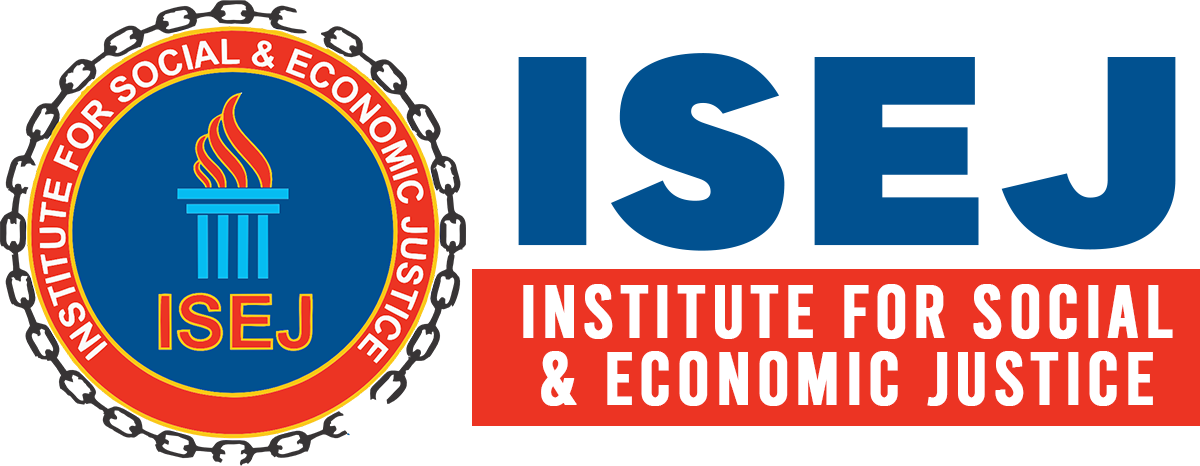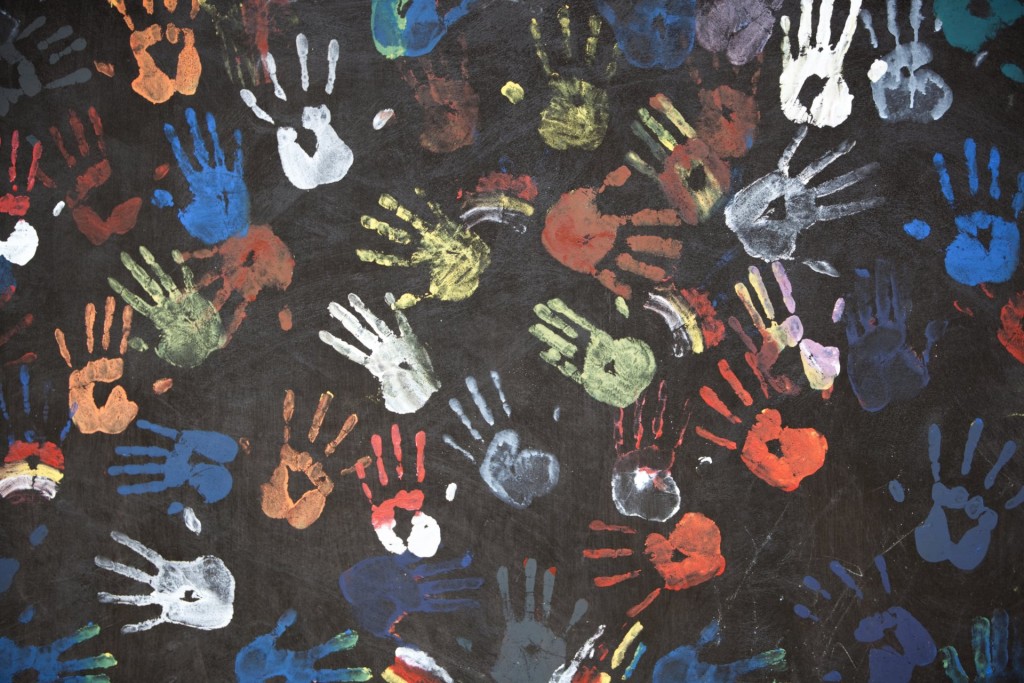By Philip Mader (13 November)
This blog post is based on a talk given at the ETOC Conference on “Financialisation, Eco-Destruction, and Human Rights beyond Borders” in Brussels, September 28-29, 2017, and should not be regarded as an exhaustive academic paper but as food for thought.
Microfinance and financial inclusion are overlapping practices, and both are built on the same idea: that financial dealings with the poor will create a win-win arrangement of profits for financiers, and poverty alleviation and development.
Muhammad Yunus, the founder of Grameen Bank in Bangladesh, has long promoted the idea of a “Human Right to credit”. But the idea is a fallacy, because credit is neither a universal human need, nor can it ever unconditional. Credit must be earned through good behaviour and can be lost through non-repayment, whereas real Human Rights must never be earned and can never be lost.
Microfinance grew under the agenda of Structural Adjustment in the 1980s, and is increasingly implicated in the privatisation of access to public services, for instance with WaterCredit (selling loans to buy access to water and sanitation), education loans, micro health insurance, credit for healthcare services, etc. It is now a globally-known industry that is built on loans with high interest rates (on average rates 35% interest per year). As a financial industry representing around $100 billion in loans, it generates significant asset streams for investors. The transactions are small but very numerous, and the fees earned are high.
But several microcredit crises have occurred in recent years, most famously with debtor suicides and violence in India in 2010, as well as resistance movements such as the emerging movement of microcredit’s victims in Morocco. Disappointing results from major impact studies have also led to a toning-down of the hype around microfinance as an anti-poverty tool.
But now microfinance is allowed to continue essentially unchanged under the new label “financial inclusion”.
What is financial inclusion?
Financial inclusion widens the scope beyond microfinance. It opens up poverty financing so that not just microfinance institutions, but now major financial actors and corporations (e.g. large banks, credit card companies, mobile networks) should work with the poor; because arguably the poor need to be “fully financially included”.
In financial inclusion, credit still remains the main revenue source, but digital accounts and payments are increasingly important. Digital technologies are supposed to reduce transaction costs for the providers. In order to drive the payments business, as part of financial inclusion, the G20 has created several lobby platforms, which advocate financial inclusion and an end of cash payments. This creates a new captive market that generates transaction fees, rich data, and new possibilities of social control.
What are some key problems with microfinance and financial inclusion?
1- Rhetorically and practically turning poverty into a problem of finance (instead of recognising it as a product of unjust economic systems) has meant public funding is misdirected toward private financial development. Governments increasingly fund financial institutions instead of funding public goods and infrastructure.
2- A regressive “financialisation of poverty” has taken place. Poor people must pay the wealthy for their “one and only chance” (Muhammad Yunus) to escape poverty and experience development. If poor people don’t use the financial tools properly, they are blamed for staying poor.
3- The programme is based on weak theories. On the macro level, financial systems are supposed to be drivers of growth. On the micro level, financial transactions are supposed to improve money management of poor people, and somehow facilitate an escape from poverty. Both theories are not very plausible.
4- Evidence that financial services reduce poverty is lacking – the average estimated impact, even according to sympathetic observers, is “zero”.
5- There are well-documented inbuilt risks and harms, including debt traps, socio-economic vulnerability of borrowers, bloated informal sectors, intra-community stress, and household violence.
6- Allegations of systemic predatory lending are abundant: land-grabbing in Cambodia; underage labour indenture and organ-selling in Bangladesh; collaboration of microlenders with loan sharks in India.
In response to these ethical challenges, the microfinance industry has begun to institute systems for “social performance management” and standards of “responsible microfinance”. But the problem is that they are voluntary and focused on processes rather than outcomes. They have no teeth. Worse yet, the entry of major new global players in the financial inclusion space raises vast new challenges of regulation and ethics. The question is: who will oversee the conduct of MasterCard, Visa, or Vodafone with the world’s most vulnerable clients?
Financial inclusion and human rights
Financial inclusion, as a programme promoted by DFIs, IFIs, and the G20, poses significant risks to fundamental human rights in a number of ways:
– Firstly, the use of public money and development funds to build private financial sectors can undermine the economic, social and cultural rights of people in developing countries, if essential public services (like water, health and education) are neglected as a result.
– Second, unsound financial services can lead to a denial of rights, particularly with predatory lending practices, but also with financial data being collected without proper consent and being used for surveillance. States should ensure that financial service providers fulfil a duty of care in lending, particularly toward precarious and illiterate populations.
– Third, states must ensure that debtors can exercise meaningful rights and have access to legal recourse and regulatory protection against unsound lending. Freedom of choice to use financial services – which is what financial inclusion aims for – is not enough; vulnerable populations need active protection from exploitative debts and unsound finance.





